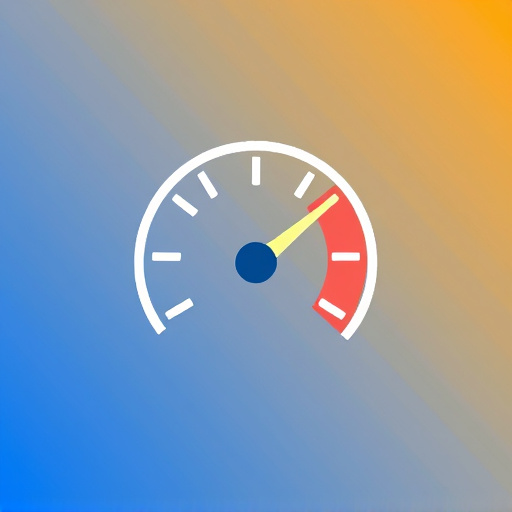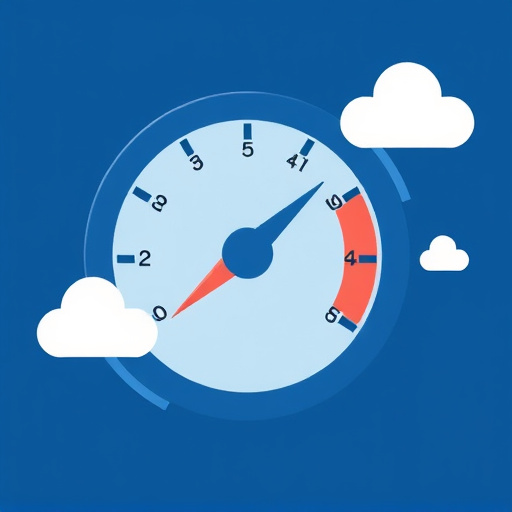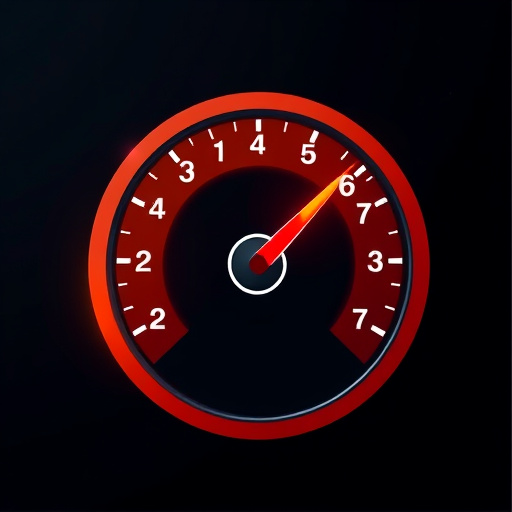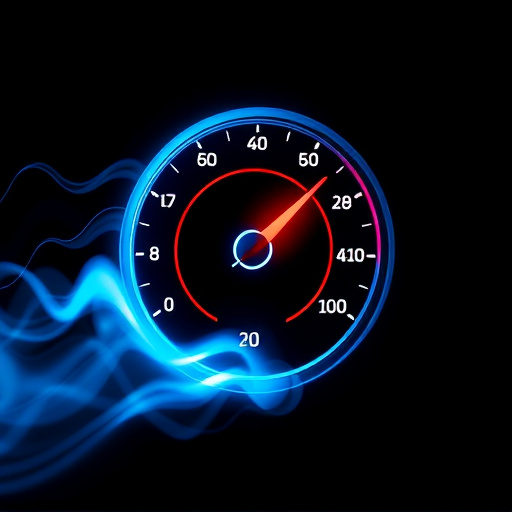Optimizing images and resources like CSS, JavaScript, and code reduces page load times, enhances user experience, and improves SEO performance by minimizing file sizes, leveraging browser caching, and serving dynamic images at appropriate resolutions. Faster websites signal content value to search engines, boosting online visibility and rankings.
Looking to boost your site’s SEO performance? Improving website speed is key. A faster page load time enhances user experience, reduces bounce rates, and can even give you a ranking edge in search engines. In this article, we explore best practices like optimizing images, minimizing resources, and leveraging browser caching—all proven strategies to significantly enhance your site’s loading speed and drive better SEO results.
- Optimize Images and Media for Faster Loading
- Minimize and Combine Resources to Reduce Requests
- Leverage Browser Caching for Repeated Visits
Optimize Images and Media for Faster Loading

Optimizing images and media is a critical step in enhancing your website’s performance, especially when focusing on improving website speed for better SEO performance. Large, uncompressed images can significantly slow down page load times, negatively impacting user experience and search engine rankings. To counteract this, use image compression tools to reduce file sizes without compromising too much visual quality. Consider converting images to modern formats like WebP, which offers better compression than JPEG or PNG. Additionally, serve dynamic images at appropriate resolutions based on the viewer’s device, further optimizing load times.
Implementing these tips for optimizing web pages for quicker loading can make a substantial difference in your site’s speed. Downsize and optimize media assets regularly to ensure they don’t become the bottleneck holding back your website’s performance. Remember that visitors expect instant results, and faster loading times not only enhance their experience but also encourage them to stay longer on your page, thereby potentially boosting conversions. Visit us at fix slow website issues for better conversion rates anytime—start optimizing today!
Minimize and Combine Resources to Reduce Requests

Minimizing and combining resources can significantly reduce page load times, which is crucial for improving website speed and SEO performance. By consolidating multiple files into one, such as CSS and JavaScript, you decrease the number of requests your browser has to make. This simple technique not only streamlines the loading process but also saves data transfer speeds, ensuring visitors experience a faster, more efficient site.
This approach is an essential part of website optimization techniques for quick loading. When combined with other best practices, like leveraging browser caching and compressing media assets, you can find us at the forefront of web performance. Remember that each reduction in load time contributes to a better user experience and positively impacts your search engine rankings, making it a vital step for any website owner looking to enhance their online presence through improved page speeds.
Leverage Browser Caching for Repeated Visits

By implementing these best practices, including optimizing media, minimizing resource requests, and leveraging browser caching, you can significantly reduce page load times. This not only enhances user experience but also improves website speed, a crucial factor in achieving better SEO performance. These strategies are essential steps towards creating a high-performing online presence that keeps visitors engaged and search engines satisfied.
